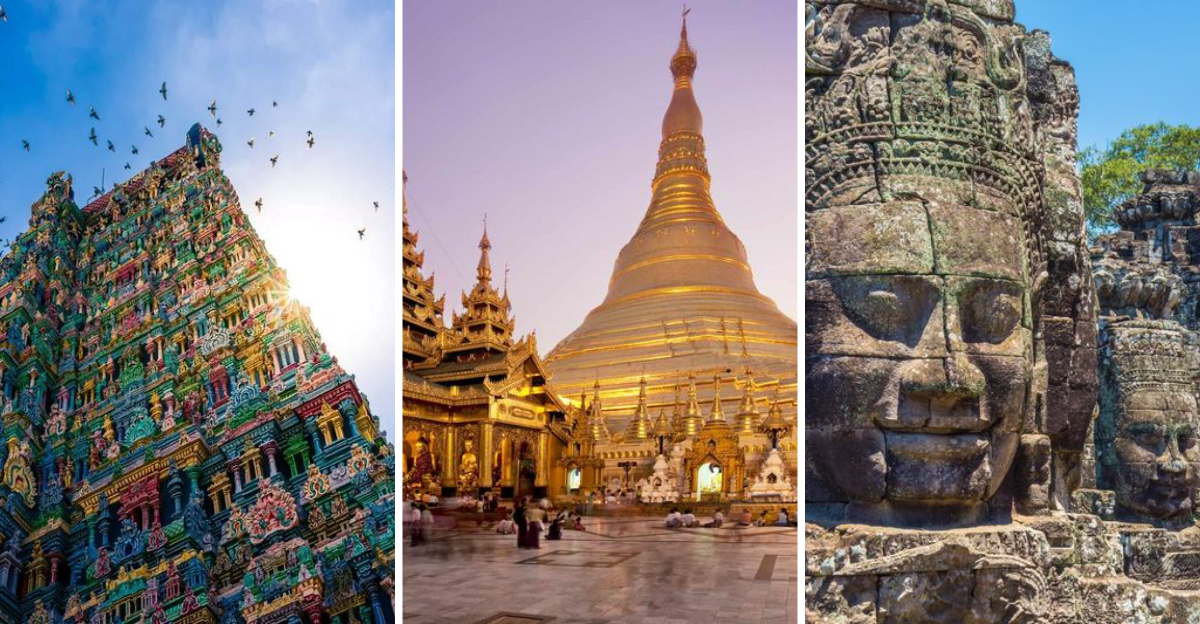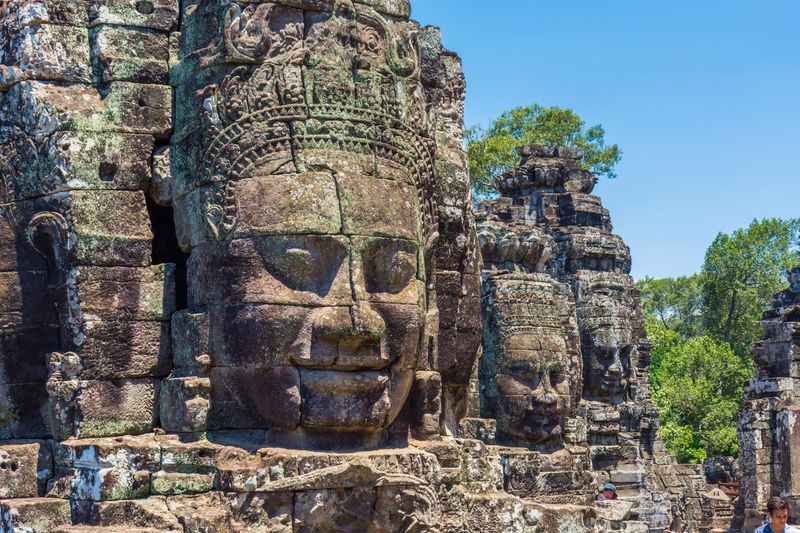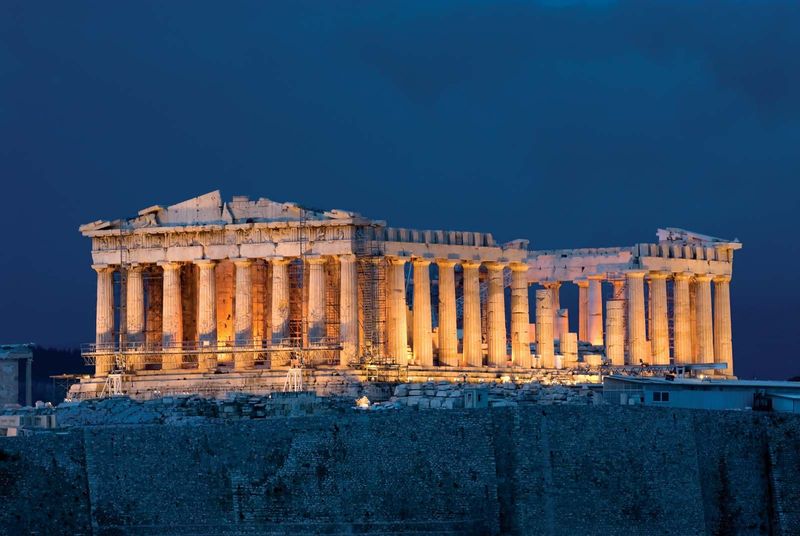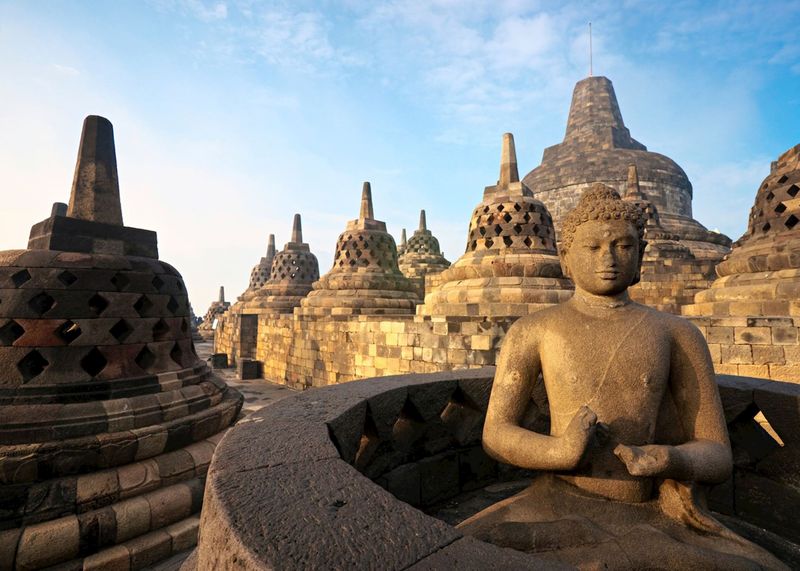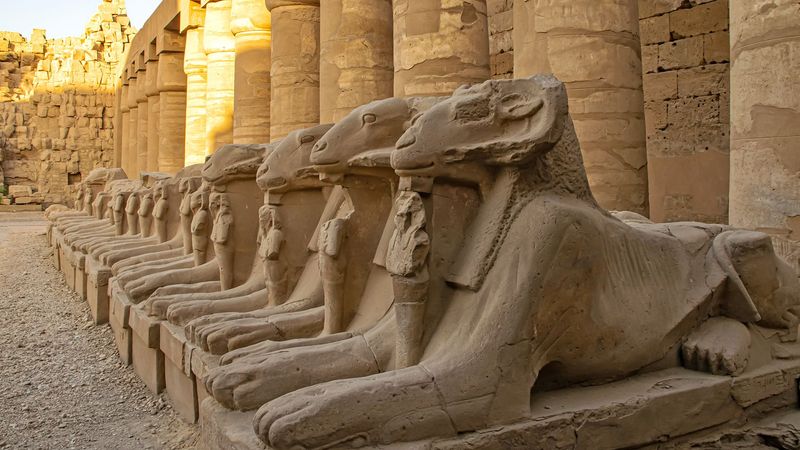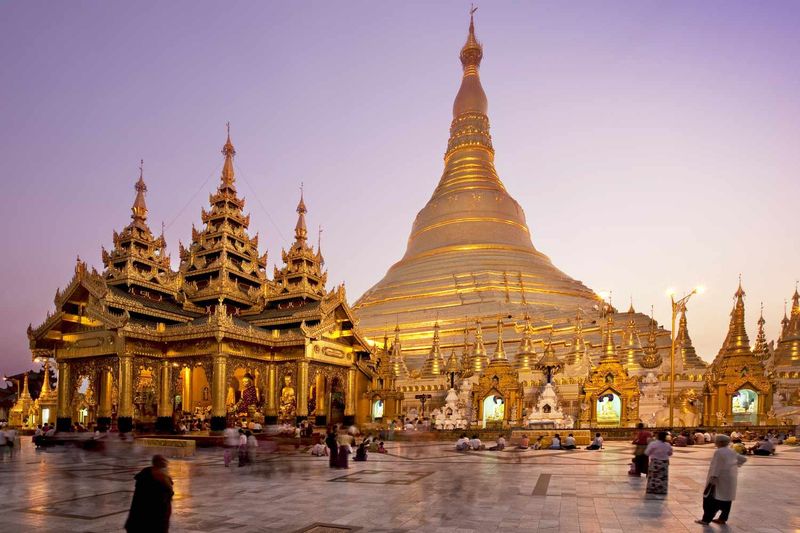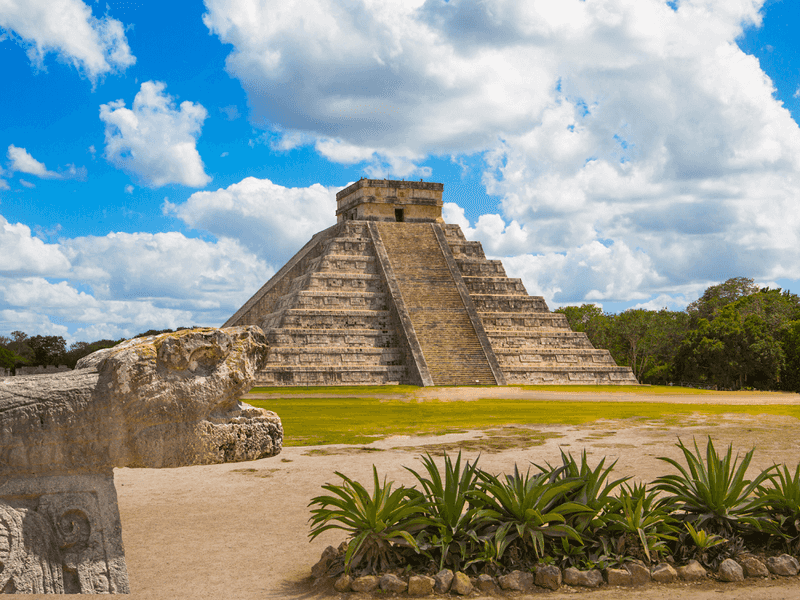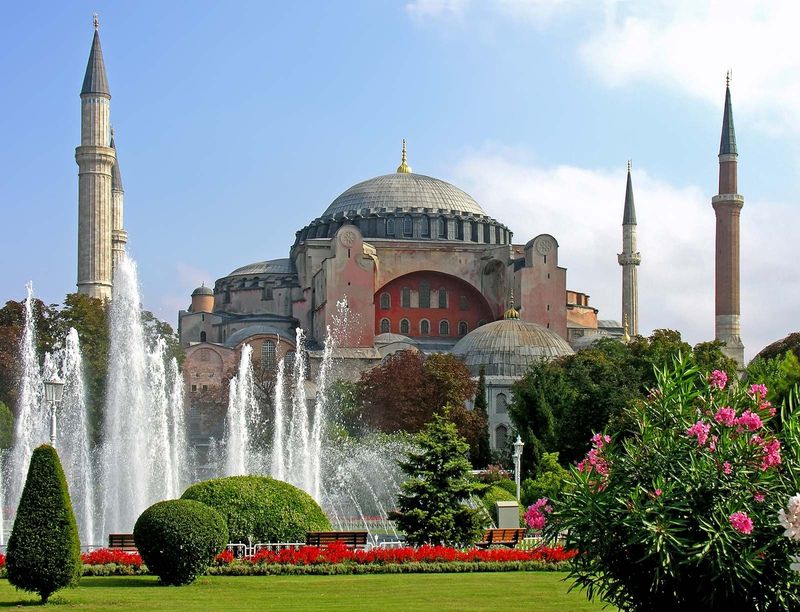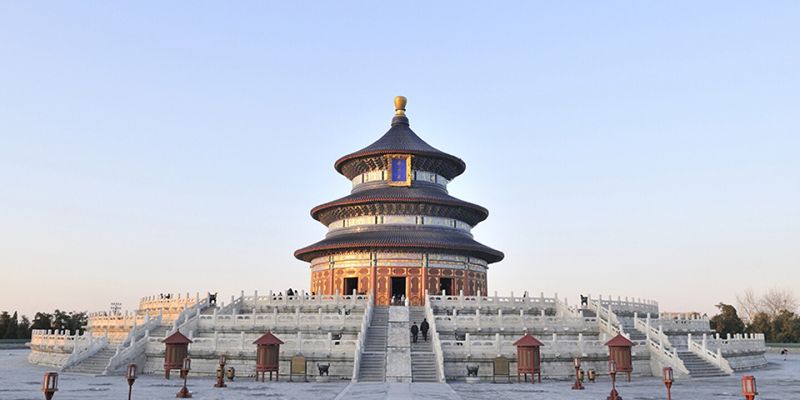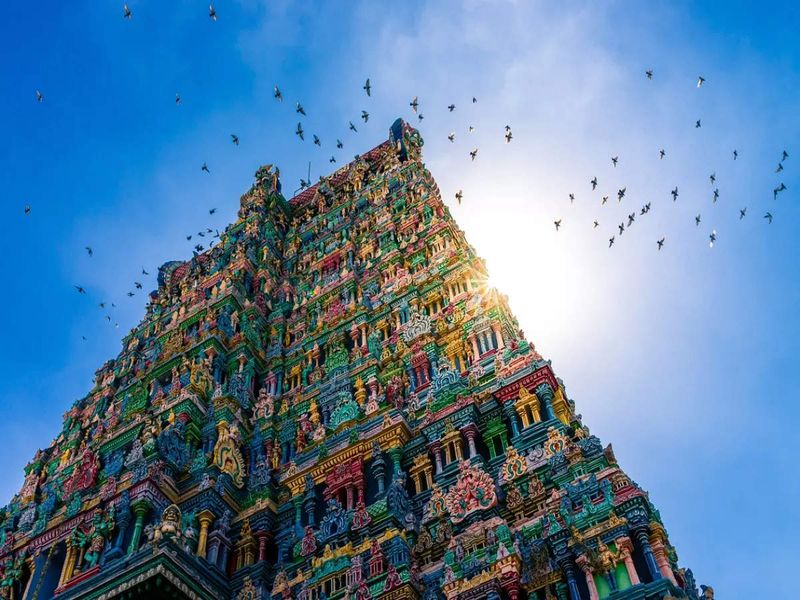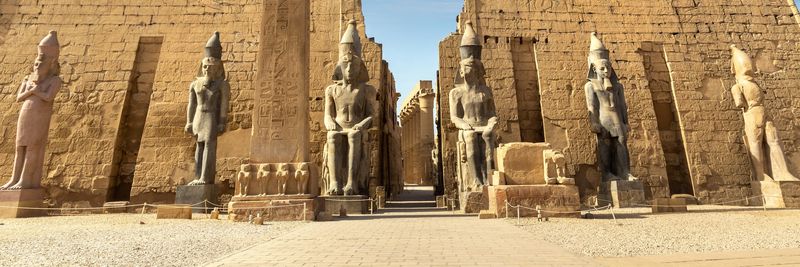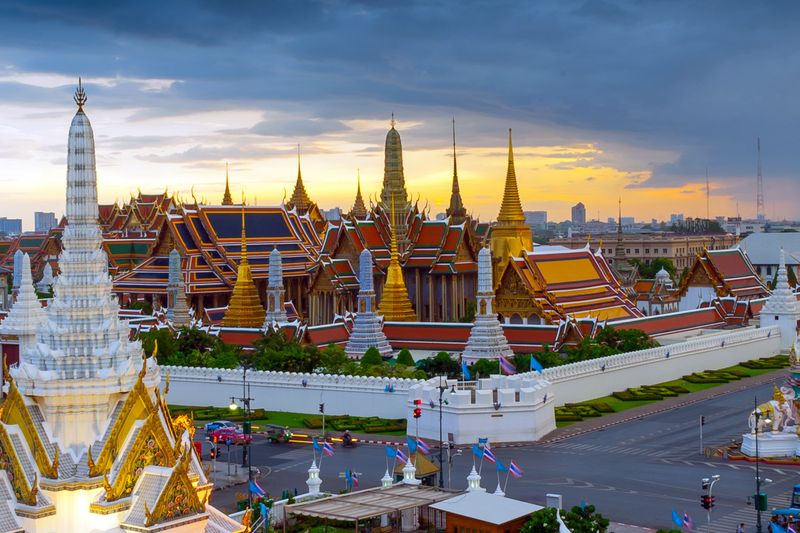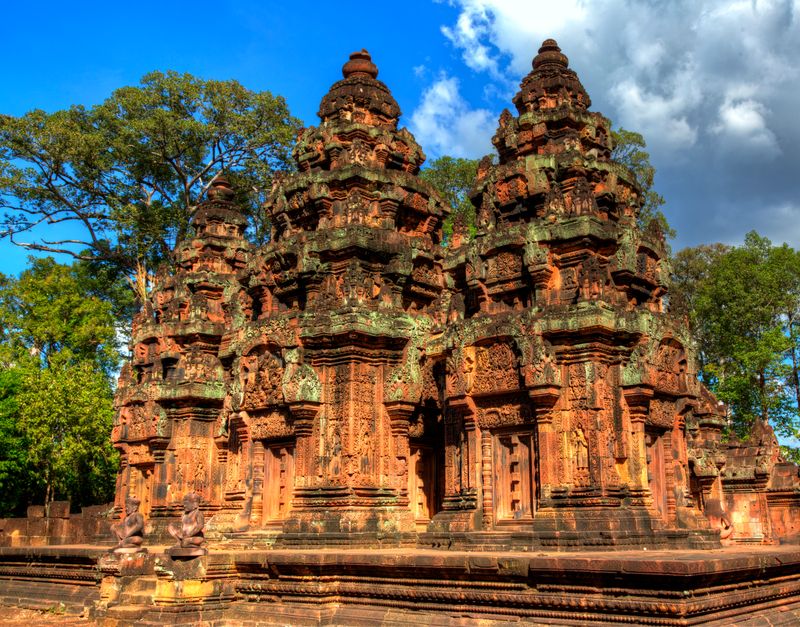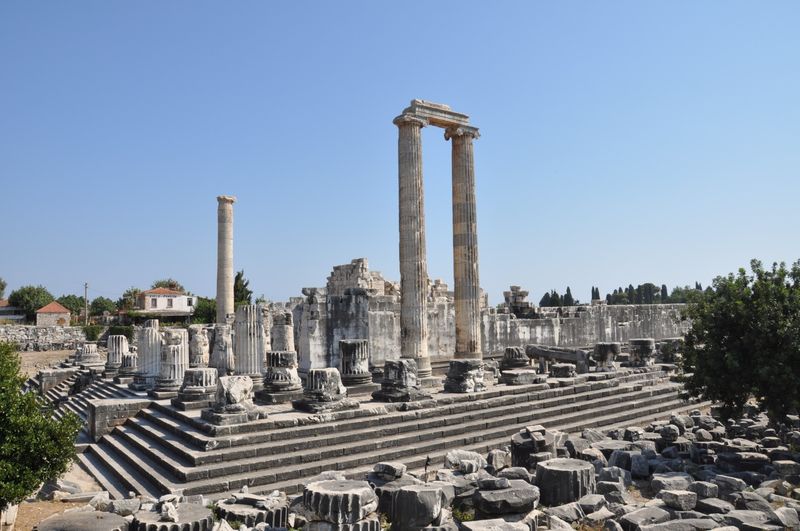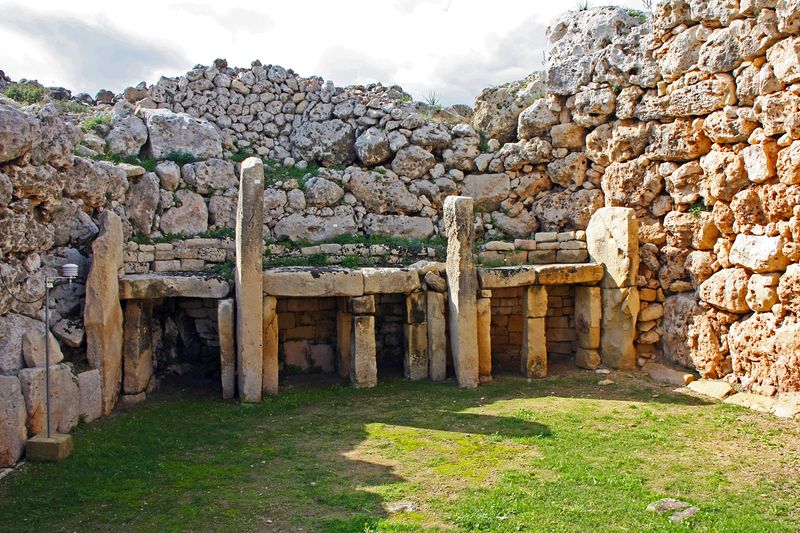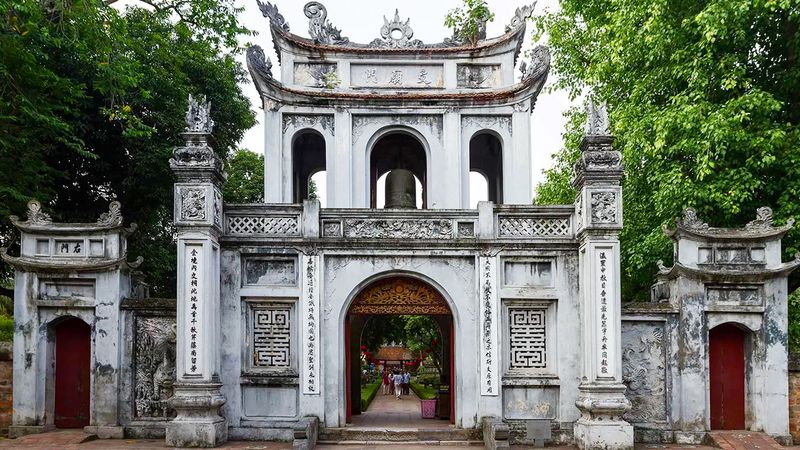Explore the world of history and spirituality through the lens of architecture. These ancient temples are not just buildings; they are the heartbeats of past civilizations, each narrating tales of devotion, power, and artistry. Whether nestled in lush jungles or perched atop towering mountains, these temples invite you to step back in time and experience their enduring beauty and mystery.
Angkor Wat, Cambodia
Angkor Wat, a masterpiece of Khmer architecture, stands as a testament to Cambodia’s rich history. Constructed in the early 12th century for King Suryavarman II, it originally dedicated to the Hindu god Vishnu.
The temple is known for its grand scale and detailed carvings depicting Hindu epics such as the Ramayana. Angkor Wat’s sprawling complex and intricate bas-reliefs highlight the artistic zenith of the Khmer Empire.
Visiting at sunrise offers a captivating view as the temple’s silhouette is reflected in the surrounding moat, providing a serene and spiritual experience.
Parthenon, Greece
The Parthenon, perched atop the Acropolis in Athens, is the epitome of classical Greek architecture. Built in the 5th century BCE, it was dedicated to Athena, the city’s patron goddess.
The temple’s enduring beauty lies in its Doric columns and the extraordinary precision of its construction. Its friezes and sculptures narrate tales from Greek mythology, showcasing the artistic mastery of the era.
Today, the Parthenon stands as a symbol of ancient Greek civilization and its contributions to art, philosophy, and democracy, drawing visitors from around the world.
Borobudur, Indonesia
Borobudur, located in Central Java, Indonesia, is the world’s largest Buddhist temple. Constructed during the 9th century, it was built under the Sailendra dynasty.
This magnificent structure is designed in the shape of a mandala, symbolizing the universe. Its terraces are adorned with intricate reliefs depicting the life of Buddha and teachings of Buddhism.
Climbing to the top offers panoramic views of the surrounding landscape. The experience is both spiritual and visually stunning, especially during sunrise when the mist enfolds the temple in a mystical aura.
Temple of Karnak, Egypt
The Temple of Karnak, located in Luxor, Egypt, is one of the largest and most impressive temple complexes ever built. Its construction began around 2000 BCE and spanned several dynasties.
The temple is dedicated to Amun-Ra, and its vast precincts include massive columns, obelisks, and intricate hieroglyphics. The Hypostyle Hall is particularly famous for its forest of towering columns.
As a center of religious and political power, Karnak offers insights into ancient Egyptian civilization and its architectural achievements, drawing millions of visitors each year.
Shwedagon Pagoda, Myanmar
The Shwedagon Pagoda, towering over Yangon, is Myanmar’s most sacred Buddhist site. Its origins are believed to date back over 2,500 years, making it one of the oldest pagodas in the world.
The stupa is covered in gold plates and encrusted with thousands of diamonds, including a massive 72-carat diamond at the top. Pilgrims flock here to pay homage to sacred relics believed to be enshrined within.
The pagoda’s glowing presence at sunset is a sight to behold, casting a golden hue over the city and offering a moment of peace and reflection.
Chichen Itza, Mexico
Chichen Itza, located on the Yucatan Peninsula, is a testament to the ingenuity of the ancient Maya civilization. El Castillo, the central pyramid, was built around the 9th century.
This temple is famous for its astronomical significance, particularly during the equinoxes when a shadow resembling a serpent descends its steps. The temple complex includes other significant structures like the Temple of the Warriors.
As a UNESCO World Heritage site, Chichen Itza offers a glimpse into the sophisticated knowledge and cultural practices of the Maya, drawing visitors worldwide to its ancient grounds.
Hagia Sophia, Turkey
Hagia Sophia, located in Istanbul, is an architectural marvel that has served as a cathedral, mosque, and now a museum. Built in the 6th century by Byzantine Emperor Justinian I, it symbolizes the ingenuity of Byzantine architecture.
Its massive dome and stunning mosaics reflect both Christian and Islamic influences. The interior is adorned with intricate marble work and calligraphy.
As one of the world’s greatest monuments, Hagia Sophia continues to captivate visitors with its rich history and cultural significance, bridging the past and present in a unique way.
Temple of Heaven, China
The Temple of Heaven, located in Beijing, is an imperial complex of religious buildings used by Chinese emperors for annual ceremonies of prayer to Heaven for good harvests.
Constructed in the early 15th century, its circular design and blue-tiled roofs symbolize the heavens. The Hall of Prayer for Good Harvests is particularly renowned for its exquisite architecture.
Surrounded by beautiful gardens and ancient pine trees, the temple complex offers a serene escape from the bustling city, providing visitors a historical insight into China’s imperial past and cultural traditions.
Meenakshi Temple, India
The Meenakshi Temple, situated in Madurai, India, is a stunning example of Dravidian architecture. This historic temple dates back to the 6th century, with significant expansions during the Nayak period.
It is dedicated to Meenakshi, a form of Goddess Parvati, and Sundareshwar, a form of Lord Shiva. The temple complex is known for its towering gopurams (gateway towers) adorned with vibrant sculptures.
As an active place of worship, it attracts thousands of pilgrims and tourists daily, offering a vibrant glimpse into the spiritual and cultural life of southern India.
Luxor Temple, Egypt
Luxor Temple, located on the east bank of the Nile River in Luxor, Egypt, is a spectacular ancient Egyptian temple complex. Built around 1400 BCE, it was part of the ancient city of Thebes.
The temple is dedicated to the rejuvenation of kingship and the deity Amun. Its impressive colonnades and massive statues of Ramses II are a testament to the grandeur of the New Kingdom.
At night, the temple is beautifully illuminated, creating a magical atmosphere. Visiting Luxor Temple offers a captivating journey through Egypt’s rich history and architectural splendor.
Temple of the Emerald Buddha, Thailand
Wat Phra Kaew, or the Temple of the Emerald Buddha, is one of Thailand’s most sacred temples, located within the Grand Palace complex in Bangkok. Established in the late 18th century, it houses the revered Emerald Buddha statue.
The temple’s ornate architecture, with its golden spires and intricate murals, showcases traditional Thai design. Visitors often marvel at the Buddha statue, which is carved from a single block of jade.
As a spiritual hub, the temple draws countless devotees and tourists, offering insight into Thailand’s religious and cultural heritage.
Banteay Srei, Cambodia
Banteay Srei, a jewel of Khmer art, is located near Angkor Wat in Cambodia. Built in the 10th century, it is dedicated to the Hindu god Shiva.
Renowned for its pink sandstone and intricate carvings, the temple features exquisite details that have been remarkably preserved. Its name translates to ‘Citadel of Women,’ reflecting the delicate beauty of its design.
Surrounded by lush forests, Banteay Srei offers a serene and intimate experience, allowing visitors to appreciate the artistic craftsmanship of the ancient Khmer civilization in a tranquil setting.
Temple of Apollo, Greece
The Temple of Apollo, situated in Delphi, Greece, was one of the most important religious sites in ancient Greece. It served as the sanctuary of the oracle Pythia.
Constructed in the 4th century BCE, the temple’s ruins still evoke the grandeur of its past, with remnants of its imposing columns and sacred precincts.
Nestled amidst the scenic slopes of Mount Parnassus, the temple offers breathtaking views and a sense of mysticism, inviting visitors to explore its rich history and the ancient wisdom once sought by pilgrims from across the Greek world.
Ggantija Temples, Malta
The Ggantija Temples, located on the island of Gozo in Malta, are among the oldest freestanding structures in the world, dating back to around 3600 BCE.
These megalithic temples are a testament to the prehistoric inhabitants’ architectural skills and spiritual beliefs. The temples are constructed with enormous limestone blocks, some weighing over 50 tons.
Recognized as a UNESCO World Heritage site, Ggantija offers a fascinating glimpse into the early human civilization of the Mediterranean, inviting visitors to explore its ancient mysteries and the ingenuity of its builders.
Temple of Literature, Vietnam
The Temple of Literature, located in Hanoi, Vietnam, is a tribute to Confucius and a historical center of learning. Established in 1070, it became Vietnam’s first national university.
The temple complex features beautiful traditional Vietnamese architecture, with courtyards, ponds, and ancient trees creating a peaceful environment. The Stelae of Doctors, inscribed with the names of scholars, highlight its educational significance.
Today, it remains a symbol of knowledge and culture, attracting students and tourists alike who seek inspiration and insight into Vietnam’s academic heritage and Confucian traditions.
